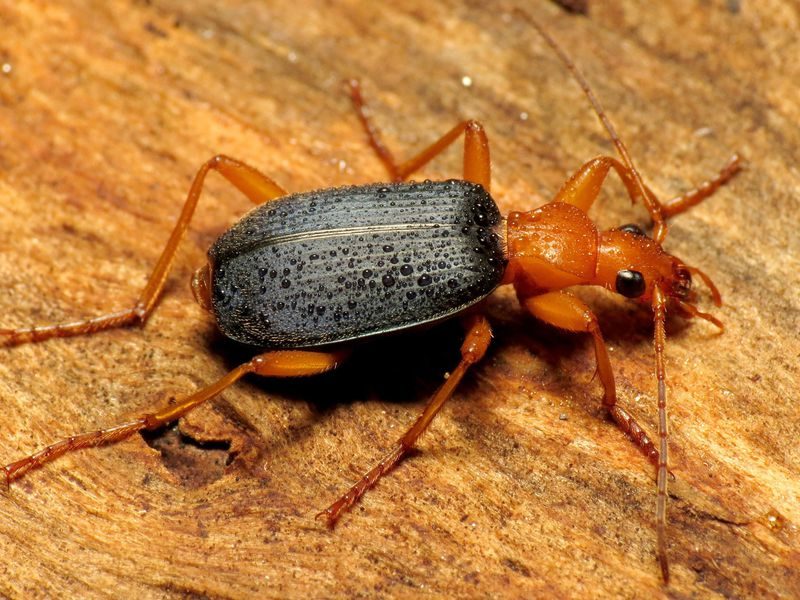
Yet, in a new paper published in the journal Astrobiology, Rowena Ball from the Australian National University and John Brindley from the University of Leeds in the U.K. suggest that this highly energetic and reactive compound may have played a critical role in the origin of life. Their "Hydrogen Peroxide (HP) Crucible Hypothesis" lays out the multiple ways the compound may have figured in the evolution of the first cell.
Hydrogen peroxide (H2O2) has two hydrogen and two oxygen atoms bound together. With twice the amount of oxygen as a molecule of water, it would have been a great source of chemical energy, and could have facilitated the prebiological evolution toward the RNA world-the stage in the development of life on Earth that many scientists believe to have existed before DNA and proteins appeared. (It also would have reacted with a lot of other compounds, however, that don't promote the evolutionary path toward RNA.)
The HP Crucible Hypothesis gets additional support from a recent paper by Greg Springsteen of Furman University in South Carolina and colleagues, who demonstrate that hydrogen peroxide can help generate a simple analog of the citric acid cycle-the most fundamental metabolic cycle for life on Earth. Significantly, this analog cycle works without the help of enzymes.
This isn't the first time biologists have taken a look at hydrogen peroxide. Joop Houtkooper from the Justus-Liebig University in Giessen, Germany, and I suggested many years ago that microorganisms on Mars might use a water/hydrogen peroxide mixture rather than just water as an intracellular liquid. This could explain the extremely small amount of organic material seen by the Viking life detection experiments, as hydrogen peroxide may have immediately oxidized any released organics. The freezing point of such a mixture is very low, and the hygroscopic properties of hydrogen peroxide would allow cells to extract water directly from the atmosphere, which would be a great adaptation mechanism for any Martian microbe.
Even on Earth, hydrogen peroxide comes in handy, biologically speaking. The cells in our own bodies produce it to mediate a wide range of physiological responses. The most spectacular example of a biological application, though, may be the Bombardier beetle, which, when threatened, sprays out a 25-percent hydrogen peroxide-water solution from its rear end.
One question not addressed by the HP Crucible Hypothesis is where life may have originated on Earth. Ionizing radiation early in our planet's history could have produced rain spiked with hydrogen peroxide, which would have fallen on the land and sea. In order to play a critical role in pre-biology, it would have had to accumulate in high concentrations, however. Land surfaces would have been more conducive to this, because the water in the mixture would have evaporated, leaving the heavier hydrogen peroxide behind in a more concentrated form. That would argue against the undersea origin of life proposed by many scientists.
So, as usual, lots of questions remain. But the new hypothesis makes this familiar compound a good subject for further research.



Reader Comments
to our Newsletter